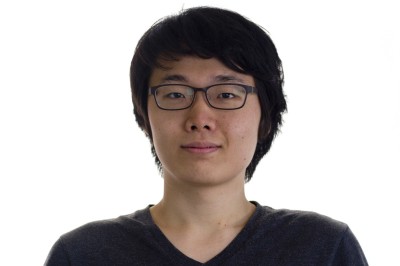
RLE Groups:
Signal Transformation and Information Representation (STIR) group and Optical and Quantum Communications (OQC) group
Hometown, Country:
Seoul, South Korea
Academic history prior to coming to MIT:
B.S. in Math, B.S. in EE at the University of Illinois at Urbana-Champaign, S.M. in EECS at MIT
What brought you to MIT?
MIT is full of people who are driven to solve important research problems. I have the same drive and I joined MIT to work with those people.
What problem are you trying to solve with your current research and what are some possible applications?
I am currently developing photon-efficient computational imaging algorithms. The goal is to use traditional imaging hardware, but, with the help of modern statistical inference techniques, demonstrate that we can recover accurate information about the natural scene (e.g. 3D structure, reflectance, etc) using very small amounts of light — even at the single photon level. Reconstructing the scene/object structure at low light levels is useful in many applications such as biological imaging, quantum imaging, remote sensing, etc.
What interests you most about your research?
I like my research because it is closely related to consumer product technology and can have a positive impact on people’s lives. For example, many people are interested in seeing 3D cameras, which typically use up a lot of power, on mobile devices that have power constraints due to battery life. We can use photon-efficient 3D imaging algorithms instead of traditional processing to meet the low power conditions of the imaging device.
What are your future plans?
Either as an academic or an industry researcher, I want to continue to solve useful and fun problems related to computational imaging and machine perception.
Related Links:
Signal Transformation and Information Representation (STIR) group
